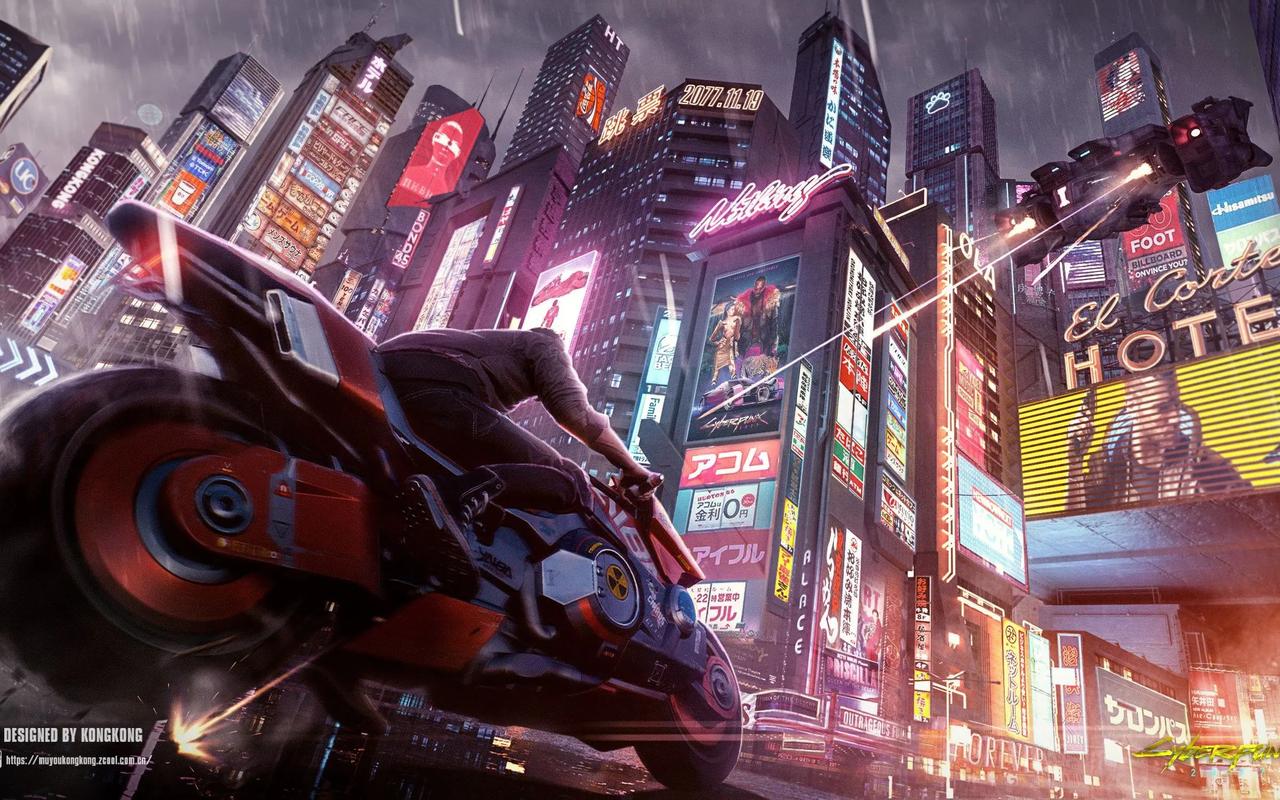Of all the legacies a game can leave behind, few are as potent, as bittersweet, or as burdensome as that of Castlevania: Symphony of the Night. For over two decades, it stood not merely as a high-water mark for the metroidvania genre it helped define, but as a spectral monument, a perfect storm of design, atmosphere, and artistry that its own creators struggled to replicate. The yearning for a true successor was a constant hum in the halls of gaming fandom, a wish whispered into the void. And then, after a record-breaking Kickstarter campaign fueled by pure nostalgia, that void answered. The answer was Bloodstained: Ritual of the Night, and its score—composed by the returning maestro Michiru Yamane—was not merely a collection of tracks. It was a spiritual successor in its own right, a profound and complex dialogue with the past that masterfully balanced reverence for its ancestry with a fierce, confident identity of its own.

To understand the spiritual weight of Bloodstained's music, one must first acknowledge the ghost at the feast. Symphony of the Night’s soundtrack is legendary for a reason. Tracks like "Dracula's Castle," with its ominous pipe organ giving way to a shockingly funky bassline, or the melancholic grandeur of "The Tragic Prince," established a unique audio language. It was a fusion of classical Gothic tropes with rock, jazz, and electronic elements, creating a sound that was simultaneously ancient and modern, forever echoing in the vast, lonely halls of its setting. This was the impossible standard, the memory against which Bloodstained would be measured. Yamane was not competing against other game composers; she was in conversation with her own masterpiece.
The genius of Bloodstained: Ritual of the Night's score lies in its foundational approach to this conversation. It does not seek to imitate or simply replicate the sounds of 1997. Instead, it evokes the same feelings using a modernized and expanded musical vocabulary. The opening track, "Voyage of Promise," immediately sets this tone. A lone, mournful violin melody over a bed of soft strings and choir recalls the sorrow of "The Tragic Prince," but the production is fuller, richer, more cinematic. It speaks the same emotional language but with a more nuanced and experienced voice. This is the sound of a composer revisiting familiar themes not with nostalgia, but with the wisdom of two additional decades of craft.
This evolution is most apparent in the area themes, which form the heart of the experience. The music for the galleon Livra Ex Machina, "Silent Howling," is a masterclass in atmospheric storytelling. The track builds on a foundation of rolling, watery percussion and a haunting, distant melody that captures the essence of a ghost ship lost at sea. It feels like a direct descendant of SotN's "Marble Gallery" in its ability to define a space’s mood perfectly, yet its instrumentation and compositional complexity are entirely its own. Similarly, "Forgotten Jade," the theme for the Oriental Sorcery Lab, employs traditional Japanese instruments like the koto and shakuhachi flute over a driving, mysterious rhythm. It achieves what the best Castlevania music did: it roots its fantasy in a real-world cultural aesthetic, making the location feel grounded and exotic simultaneously.
Yet, a spiritual successor must do more than just echo; it must also argue, challenge, and introduce new ideas. Bloodstained’s score shines brightest in its most original compositions. The theme for the twin dragon bosses, "Vengeful Two-Headed Warrior," is a blistering, adrenaline-fueled torrent of heavy metal guitar riffs and thunderous percussion. It’s more aggressive and directly confrontational than most of Yamane's past boss themes, reflecting the heightened intensity of modern combat. Conversely, "Theme of Miriam" is a piece of profound, gentle beauty. Its piano-led melody is introspective and somber, a poignant reflection on the protagonist’s cursed existence that stands alongside the great character themes of the genre.
Perhaps the most telling track is the main theme, "Bloodstained: Ritual of the Night." It serves as the thesis statement for the entire project. It opens with a chilling choir and a classic horror-movie pipe organ, a direct nod to the series' roots. But it quickly swells into a sweeping, epic orchestral piece full of drama, heroism, and tragedy. It encapsulates everything the game represents: it acknowledges the past in its opening bars but spends the majority of its runtime looking firmly toward the future, asserting its own grandeur and scope.
In the end, the score for Bloodstained: Ritual of the Night succeeds as a spiritual successor precisely because it transcends its role as an homage. Michiru Yamane did not simply reassemble the pieces of a classic; she took the soul of that classic—its melancholic grandeur, its eclectic energy, its flawless atmospheric pacing—and re-embodied it with a new form. It is a score that feels instantly familiar yet thrillingly new, a conversation between a legendary past and a vibrant present. It proves that a spirit is not a ghost to be haunted by, but a living essence to be inherited, honored, and ultimately, set free to create its own legacy. The ritual was complete; the night was no longer silent, but filled with a magnificent, familiar, yet entirely new symphony.
















